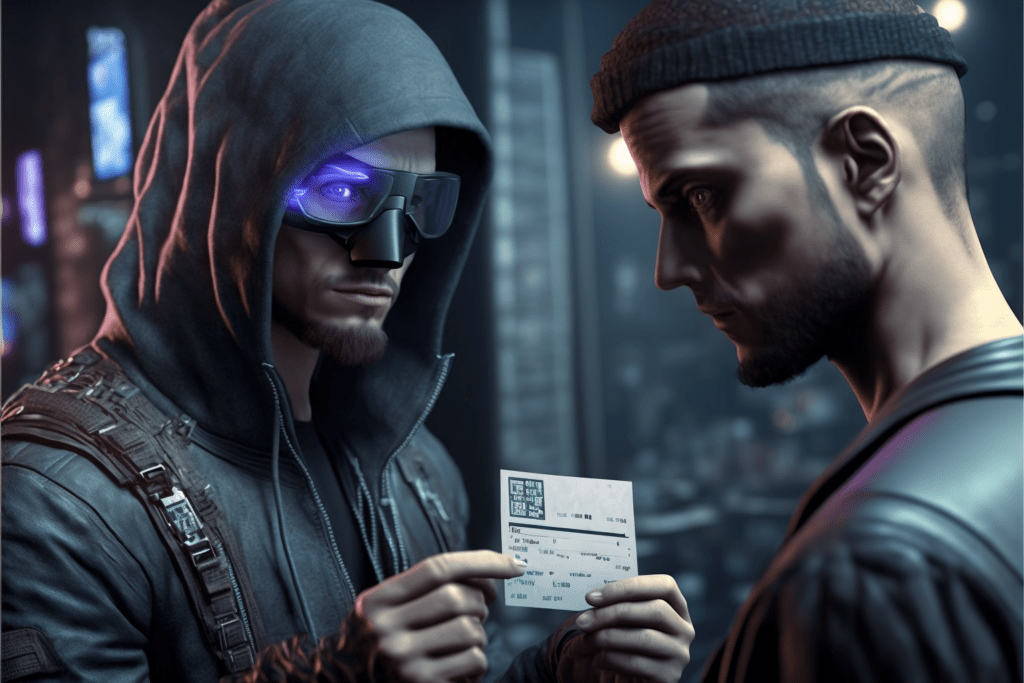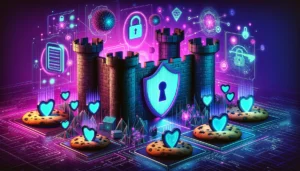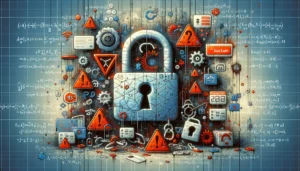Proving without Revealing: The Power of Zero-knowledge Proofs

Zero-knowledge proofs can be formally defined as interactive proof systems in which a prover (P) can convince a verifier (V) that a statement is true, without revealing any additional information about the statement itself. The prover and the verifier engage in a series of exchanges, where the prover sends messages to the verifier, and the verifier responds with challenges. The prover then responds to the challenges with further messages, until the verifier is convinced that the statement is true.
History
The concept of zero-knowledge was first introduced in the 1980s by Shafi Goldwasser, Silvio Micali, and Charles Rackoff, who developed the first theoretical constructions for zero-knowledge proofs. Since then, the field has grown and various forms of zero-knowledge proofs have been developed, such as interactive proofs, non-interactive proofs, and succinct non-interactive proofs.
Usage examples
One of the most well-known examples of a zero-knowledge proof is the “proof of knowledge” of the discrete logarithm problem, which is a fundamental problem in number theory. Given a cyclic group G of prime order p and an element g in G, the discrete logarithm problem is to find x such that g^x = h (mod p) for a given h in G. A prover can prove to a verifier that they know such x, without revealing x itself, by using the following protocol:
1. The prover sends a random value r to the verifier.
2. The verifier sends a challenge c to the prover.
3. The prover sends back the value (g^r * h^c) to the verifier.
The verifier can then check whether (g^r * h^c) = g^(r+cx) (mod p) holds true, which means that prover knows x.
In this example, a prover can convince a verifier that they know the value of a discrete logarithm without revealing what the actual value is. This proof can be used to prove that a prover knows the private key associated with a public key in a digital signature scheme, without revealing the private key itself.
Zero-knowledge proofs are not only useful in the field of cryptography but also in the field of blockchain. Another example of zero-knowledge proof is the “proof of solvency” where a prover can prove to a verifier that they have a certain amount of money in a bank account without revealing the account number or any other information about the account. For example, in the popular blockchain platform, Zcash, uses zk-SNARKs to enable private transactions on the blockchain, while still maintaining the integrity of the ledger. zk-SNARKs (zero-knowledge succinct non-interactive arguments of knowledge). A zk-SNARK is a proof that a statement is true, without revealing any information about the statement or the proof itself, and it can be verified in a short amount of time.
—
Despite the many potential uses of zero-knowledge proofs, there are also some challenges that need to be addressed. One of the main challenges is to make zero-knowledge proofs more efficient and scalable. Additionally, it is important to ensure that zero-knowledge proofs are secure against various types of attacks.
Zero-knowledge proof systems are based on certain mathematical assumptions, such as the discrete logarithm assumption and the knowledge of exponent assumption, which are currently considered to be computationally hard problem and there is no proof that these assumptions are true for general cases. For specific groups, these assumptions have been proven to be true, which makes these zero-knowledge proof systems secure. However, more research is needed to fully understand the capabilities and limitations of this technology. As the field of zero-knowledge proof continues to grow, we can expect to see more exciting developments and applications in the future.
Overall, zero-knowledge proofs are a promising technology that has the potential to improve privacy and security in many different fields.










